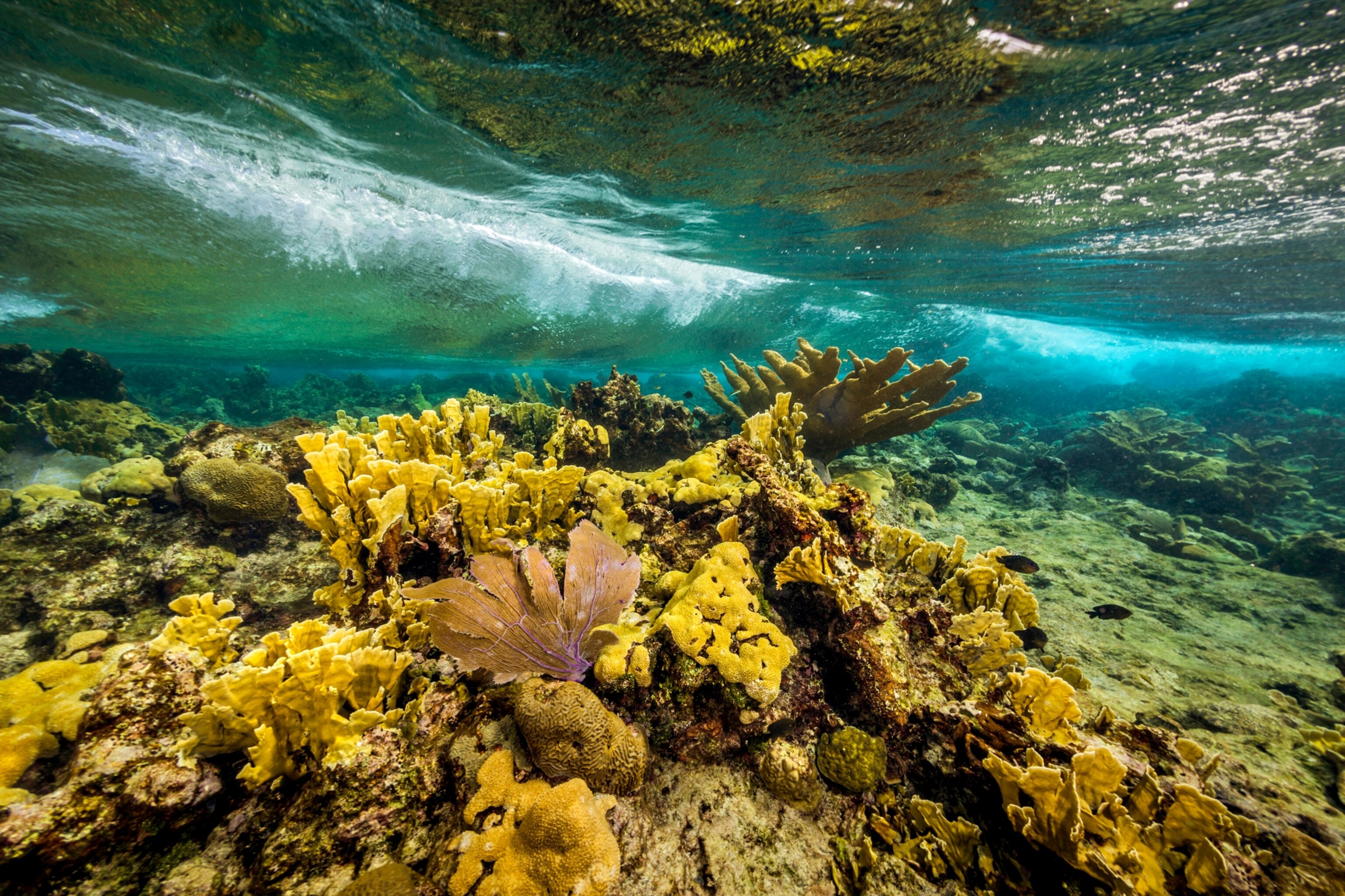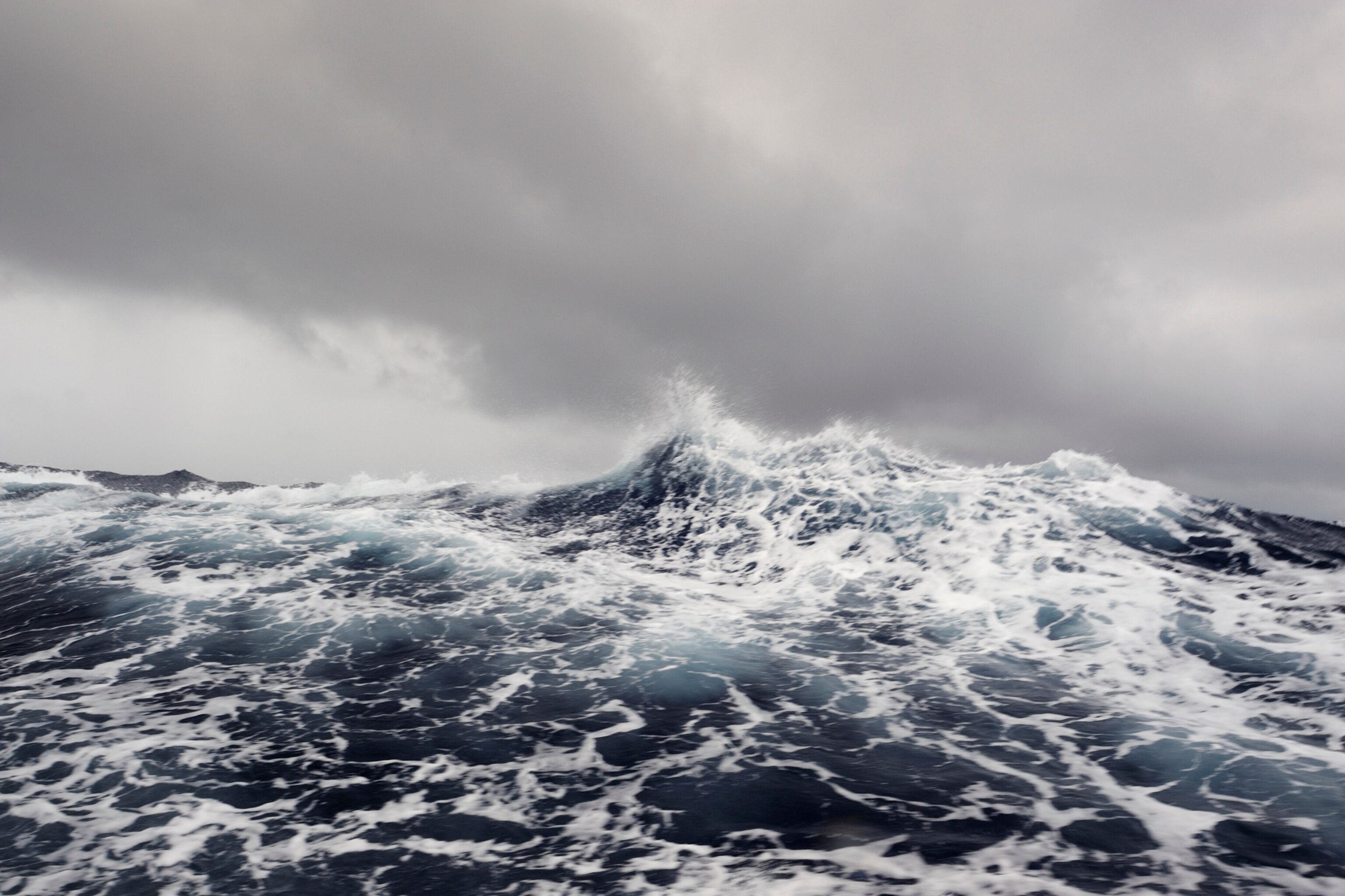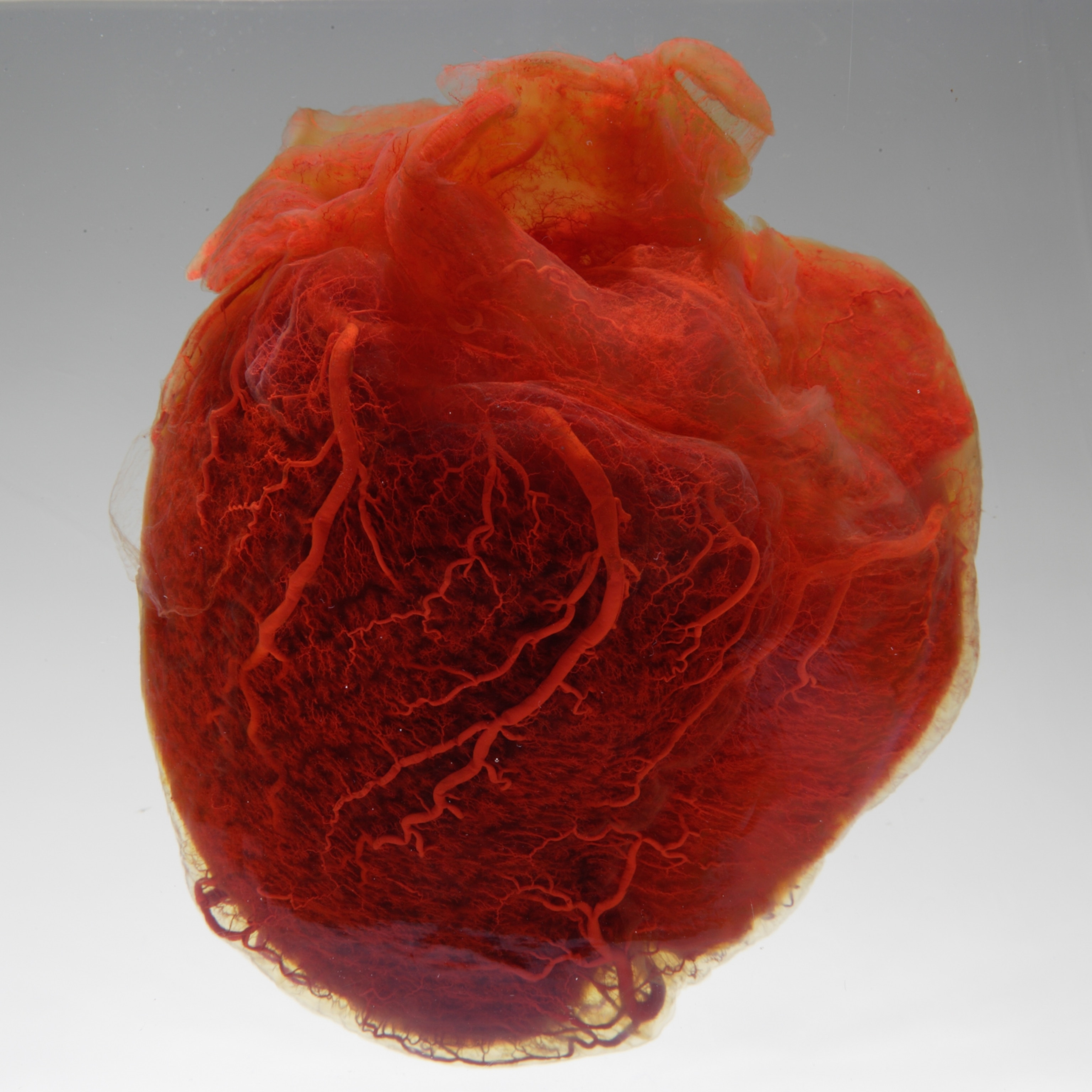
Marine pollution, explained
A wide range of pollution—from plastic pollution to light pollution—affects marine ecosystems.
THE OCEANS ARE so vast and deep that until fairly recently, it was widely assumed that no matter how much trash and chemicals humans dumped into them, the effects would be negligible.
Today, we need look no further than the New Jersey-size dead zone that forms each summer in the Gulf of Mexico, or the thousand-mile-wide belt of plastic trash in the northern Pacific Ocean to see that this early “policy” placed a once flourishing ocean ecosystem on the brink of collapse.
Many “flavors” of marine pollution
Ocean water covers more than 70 percent of the Earth, and only in recent decades have we begun to understand how humans impact this watery habitat. Marine pollution, as distinct from overall water pollution, focuses on human-created products that enter the ocean.
Before 1972, humans around the word spewed trash, sewage sludge, and chemical, industrial, and radioactive wastes into the ocean with impunity. Millions of tons of heavy metals and chemical contaminants, along with thousands of containers of radioactive waste, were purposely thrown into the ocean.
The London Convention, ratified in 1975 by the United States, was the first international agreement to spell out better protection for the marine environment. The agreement implemented regulatory programs and prohibited the disposal of hazardous materials at sea. An updated agreement, the London Protocol, went into effect in 2006, more specifically banning all wastes and materials except for a short list of items, like leftover materials from dredging.
Many of these pollutants sink to the ocean's depths or float far distances from their original source, where they are consumed by small marine organisms and introduced into the global food chain. Marine pollution encompasses many types of pollution that disrupt the marine ecosystem, including chemical, light, noise, and plastic pollution.
Chemical pollution
Chemical pollution is the introduction of harmful contaminants. Common man-made pollutants that reach the ocean include pesticides, herbicides, fertilizers, detergents, oil, industrial chemicals, and sewage.
Many ocean pollutants are released into the environment far upstream from coastlines. Nutrient-packed fertilizers applied to farmland, for example, often end up in local streams and are eventually deposited into estuaries and bays. These excess nutrients trigger massive blooms of algae that rob the water of oxygen, leaving dead zones where few marine organisms can live. Some chemical pollutants climb high into the food webs—like DDT, the insecticide that placed the bald eagle on the United States Fish and Wildlife’s endangered species list.
Scientists are starting to better understand how specific pollutants, leached into the ocean from other materials, affect marine wildlife. PFAS, a chemical incorporated into many household products, accumulates in human and marine mammal blood. Even pharmaceuticals ingested by humans, but not fully processed by our bodies, end up in aquatic food webs.
Light pollution
Since the invention of the lightbulb, light has spread across the globe, reaching almost every ecosystem. Often thought of as a terrestrial problem, scientists are starting to understand how artificial light at night affects many marine organisms.
Light pollution penetrates under the water, creating a vastly different world for fish living in shallow reefs near urban environments. Light disrupts the normal cues associated with circadian rhythms, to which species have evolved timing of migration, reproducing, and feeding. Artificial light at night can make it easier for predators to find smaller fish prey and can affect breeding in reef fish.
Noise pollution
Pollution is not always visible. In large bodies of water, sound waves can carry undiminished for miles. The increased presence of loud or persistent sounds from ships, sonar devices, and oil rigs disrupts natural noises in the marine environment.
For many marine mammals, like whales and dolphins, low visibility and large distances make non-visual underwater communication critical. Toothed whales use echolocation—emitting sounds that reflect off surfaces—to help them “see” in the ocean. Unnatural noises interrupt communication, disrupting migration, communication, hunting, and reproduction patterns for many marine animals.
Plastic pollution
Plastic pollution seeps into the ocean through run-off and even purposeful dumping. The amount of plastic in the Atlantic Ocean has tripled since the 1960s. The garbage patch floating in the Pacific Ocean, almost 620,000 square miles—twice the size of Texas—is a powerful image of our plastic problem.
A huge culprit is single-use plastics, used once before tossed into the trash or directly into the ocean. These single-use items are accidentally consumed by many marine mammals. Plastic bags resemble jellyfish, a common food for sea turtles, while some seabirds eat plastic because it releases a chemical that makes it smell like its natural food. Discarded fishing nets drift for years, ensnaring fish and mammals.
Bits of plastic swirl throughout the water column, even sinking to the deepest depths of the ocean. Scientists found plastic fibers in corals in the Atlantic Ocean—and more concerning, they found that the corals readily ate plastic over food. Dying marine mammals, washing up on shore, also contain plastic inside their stomachs.








Is there a “fix” to marine pollution?
Many national laws, as well as international agreements, now forbid dumping of harmful materials into the ocean, although enforcing these regulations remains a challenge.
Many pollutants still persist in the environment, difficult to fully remove. Chemical pollutants often cannot be broken down for long periods of time, or they increase in concentration as they move up the food web. Because plastic is thought to take hundreds of years to break down, it poses a threat to the marine environment for centuries.
Isolated efforts to restore estuaries and bays have met with some success, but pollution gets trapped in marine sediment and makes complete clean-ups nearly impossible.
Moving forward, encouraging recycling and reuse can minimize plastic pollution. Dampening unnecessary lights at night can limit light pollution. And encouraging responsible chemical-use through consumer and political actions can protect the environment for the future.
Related Topics
You May Also Like
Go Further
Animals
- This ‘saber-toothed’ salmon wasn’t quite what we thoughtThis ‘saber-toothed’ salmon wasn’t quite what we thought
- Why this rhino-zebra friendship makes perfect senseWhy this rhino-zebra friendship makes perfect sense
- When did bioluminescence evolve? It’s older than we thought.When did bioluminescence evolve? It’s older than we thought.
- Soy, skim … spider. Are any of these technically milk?Soy, skim … spider. Are any of these technically milk?
- This pristine piece of the Amazon shows nature’s resilienceThis pristine piece of the Amazon shows nature’s resilience
Environment
- This pristine piece of the Amazon shows nature’s resilienceThis pristine piece of the Amazon shows nature’s resilience
- Listen to 30 years of climate change transformed into haunting musicListen to 30 years of climate change transformed into haunting music
- This ancient society tried to stop El Niño—with child sacrificeThis ancient society tried to stop El Niño—with child sacrifice
- U.S. plans to clean its drinking water. What does that mean?U.S. plans to clean its drinking water. What does that mean?
History & Culture
- Meet the original members of the tortured poets departmentMeet the original members of the tortured poets department
- Séances at the White House? Why these first ladies turned to the occultSéances at the White House? Why these first ladies turned to the occult
- Gambling is everywhere now. When is that a problem?Gambling is everywhere now. When is that a problem?
- Beauty is pain—at least it was in 17th-century SpainBeauty is pain—at least it was in 17th-century Spain
- The real spies who inspired ‘The Ministry of Ungentlemanly Warfare’The real spies who inspired ‘The Ministry of Ungentlemanly Warfare’
Science
- Here's how astronomers found one of the rarest phenomenons in spaceHere's how astronomers found one of the rarest phenomenons in space
- Not an extrovert or introvert? There’s a word for that.Not an extrovert or introvert? There’s a word for that.
- NASA has a plan to clean up space junk—but is going green enough?NASA has a plan to clean up space junk—but is going green enough?
- Soy, skim … spider. Are any of these technically milk?Soy, skim … spider. Are any of these technically milk?
Travel
- What it's like to hike the Camino del Mayab in MexicoWhat it's like to hike the Camino del Mayab in Mexico
- Is this small English town Yorkshire's culinary capital?Is this small English town Yorkshire's culinary capital?
- This chef is taking Indian cuisine in a bold new directionThis chef is taking Indian cuisine in a bold new direction







